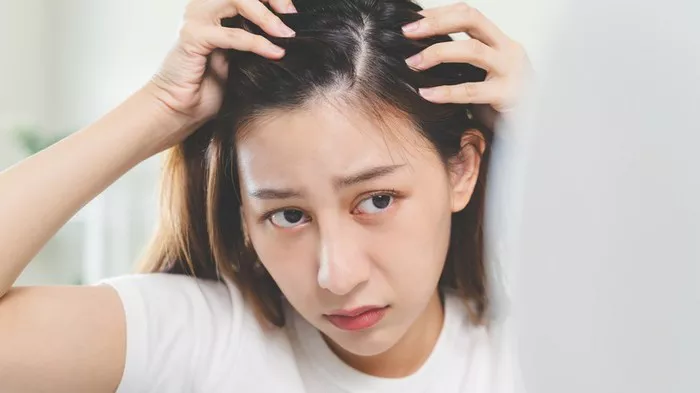In the age of social media, health concerns can spread like wildfire, with new fears surfacing regularly. The latest? Hair mold.
On platforms like TikTok, users have shared fears that letting hair air-dry or sleeping with it wet could lead to mold growth on the scalp and hair. Some have even resorted to blow-drying their hair immediately after every wash as a preventive measure. But is this concern valid? Experts weigh in.
Can Mold Grow in Your Hair?
According to specialists, while keeping hair wet for extended periods might have implications for scalp health, the idea of mold growing on hair is largely unfounded.
“Hair mold is not something you need to worry about,” says Dr. Ross Kopelman, a hair transplant surgeon at Kopelman Hair Restoration. Hair, he explains, is made of keratin—a non-living protein that does not provide the organic surface mold requires to thrive. Mold typically grows on warm, damp organic surfaces, and hair simply doesn’t meet these criteria.
Potential Risks of Damp Hair
However, prolonged dampness can contribute to other scalp issues. “Keeping your scalp and hair wet for extended periods could potentially lead to fungal or bacterial overgrowth,” Dr. Kopelman notes. This overgrowth may result in conditions like dandruff, seborrheic dermatitis, or irritation, though mold itself isn’t the culprit.
Dr. Geeta Yadav, a board-certified dermatologist and founder of FACET Dermatology, agrees, emphasizing that bacterial and fungal infections are rare, even for those who frequently go to bed with damp hair. “For such infections to occur, conditions need to be just right,” she explains.
These conditions might include:
- Extremely thick, slow-drying hair.
- Dirty pillowcases contaminated with bacteria or fungi.
- Repeatedly sleeping on damp hair without properly washing it.
If all these factors align, infections such as folliculitis or fungal acne—also known as Malassezia folliculitis—could develop.
Symptoms of Fungal Acne
Signs of fungal acne may include:
- Small red bumps on the scalp.
- Itching.
- Redness or flaky patches.
- Moist, irritated areas.
- Pain.
If concerns persist, Dr. Yadav advises adjusting hair care routines. “For those unable to change their schedule, hitting the roots with a blow-dryer until mostly dry can help,” she says. Dr. Kopelman adds that gently towel-drying or blow-drying on a low heat setting can minimize risks like folliculitis or hair breakage.
The Case for Hair Extensions
While mold on natural hair is unlikely, the story changes when it comes to extensions.
Dawna Jarvis, a hair extension specialist, explains that extensions—particularly sewn-in or glued-in types—can trap moisture between the weft and the scalp. If not properly dried, this trapped moisture can produce an odor and, in rare cases, lead to mold or even scalp infections.
To avoid these issues, Jarvis stresses the importance of thoroughly drying both extensions and natural hair after washing or sweating. “Ensure every strand is completely dry,” she advises.
Balanced Care Is Key
Though the fear of hair mold is largely misplaced, proper scalp and hair care remain essential for overall health. Occasional air-drying is generally fine, but for frequent wet hair habits, ensuring dryness before tying hair up or sleeping is a good practice. On the other hand, excessive blow-drying should also be avoided, as it may cause hair damage and weaken follicles.
In conclusion, while hair mold is more myth than reality, attention to hair hygiene and scalp health is always a wise approach.
Related topics:
- Did Lyle Menendez Wear a Wig? The Truth Behind His Hair Loss Revealed
- Struggling with Hair Loss? Uncover the Top Causes and Proven Solutions to Restore Your Locks
- Quirónsalud Marbella Hospital Sets a New Standard in Hair Transplantation


